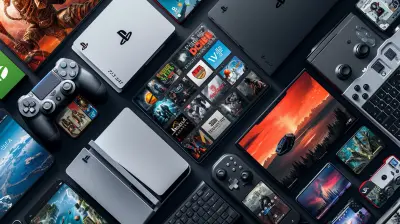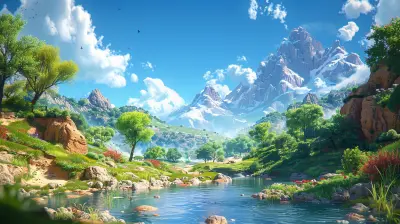The Impact of Player-Created Content on Game Longevity
17 July 2025
In the world of gaming, we’ve all had that one game. You know, the one you just can’t seem to quit. It’s not because the developers keep pumping out fresh content every few months—it’s because players like you and me are out there creating mind-blowing mods, maps, skins, and stories that keep the game alive long after its "prime" has passed. That’s the magic of player-created content. It’s like adding a secret ingredient to an already delicious recipe. Suddenly, the meal becomes endless, and you never want to leave the table.
But what is it about player-created content that gives certain games decades of relevance while others fade into obscurity? Let’s dig into why these contributions matter, how they impact game longevity, and why developers are leaning into this trend more than ever.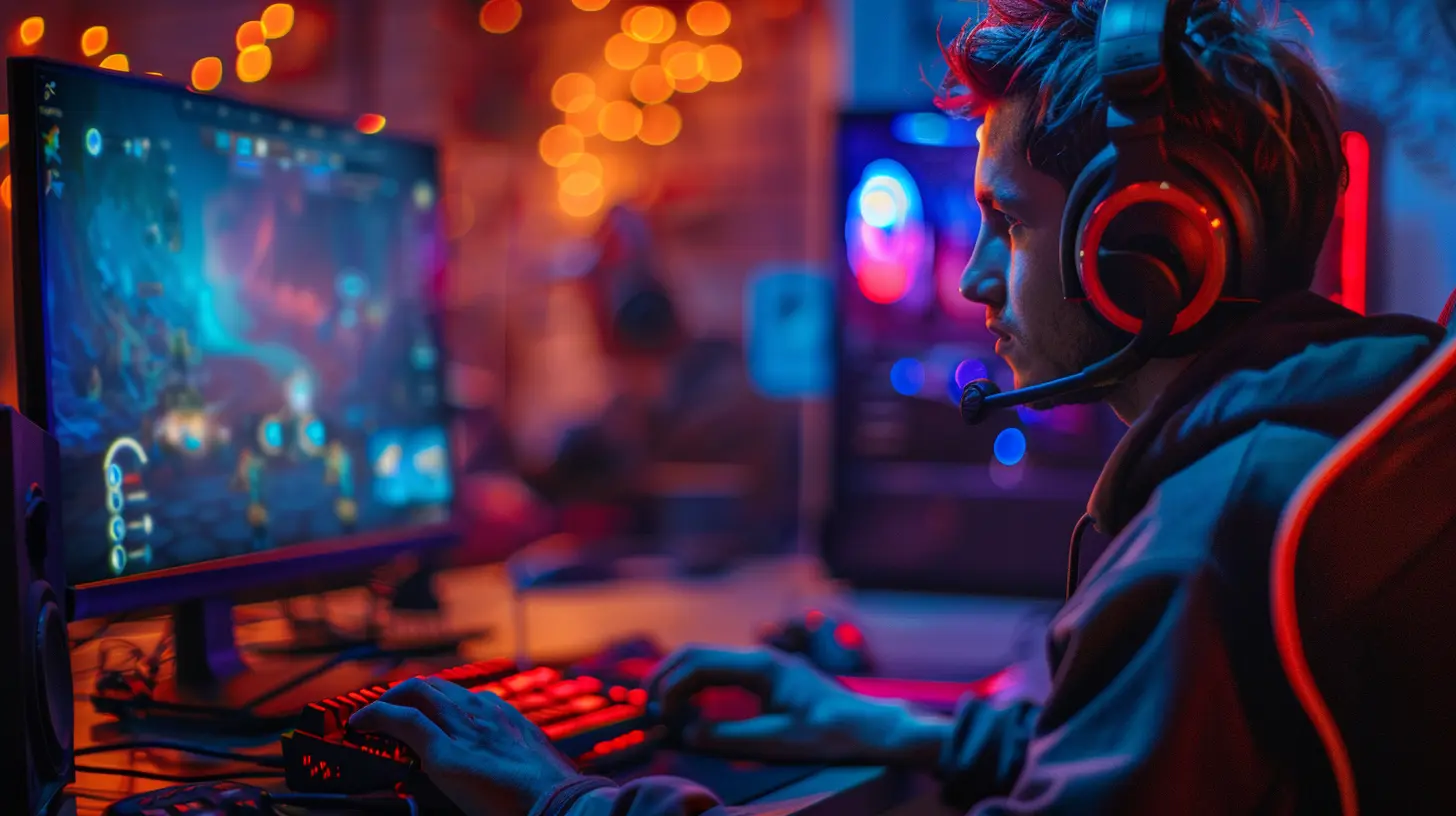
What Do We Mean by "Player-Created Content"?
Before we get too deep, let’s make sure we’re on the same page. When we talk about "player-created content," we’re referring to anything that players and fans of a game create to expand, modify, or transform the experience. This could be:- Mods: User-made modifications that change gameplay mechanics, graphics, or add new features.
- Custom Maps: Think along the lines of "Counter-Strike" maps or fan-made levels in "Super Mario Maker."
- Skins and Cosmetics: Custom character designs, weapon skins, or even entire texture packs.
- Fan Fiction and Roleplay: Stories or scenarios created by the community to enrich the game’s lore.
- Machinima and Videos: Cinematic masterpieces shot entirely in-game.
These contributions turn players into creators, giving them a sense of ownership over the game. And when players feel like they "own" the game just as much as the devs do, they stick around.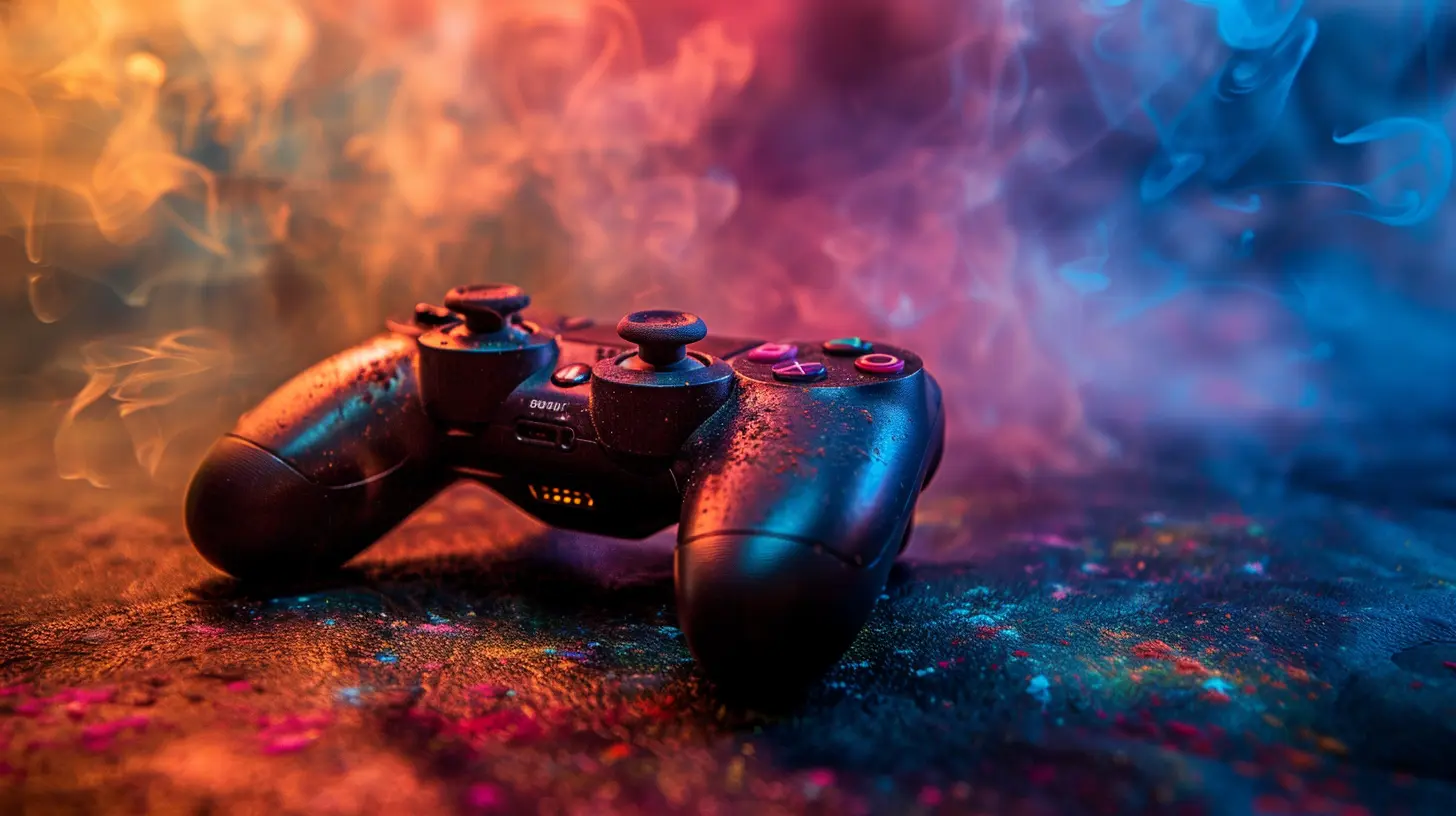
Why Player-Created Content Is a Big Deal
Let’s face it: the novelty of a new game wears off eventually. Even the best games start to lose their shine once you’ve played through the main campaign and explored every inch of the map. That’s where player-created content comes in. It’s like a second wind for the game. Suddenly, there’s something new to discover, something that rekindles excitement and keeps the community buzzing.Take Minecraft as an example. Sure, the developers have added some amazing updates over the years, but the game owes its massive longevity to the creativity of its players. From elaborate adventure maps to jaw-dropping recreations of real-world cities, the community has done things with Minecraft that even the developers probably never imagined. And that’s the beauty of it.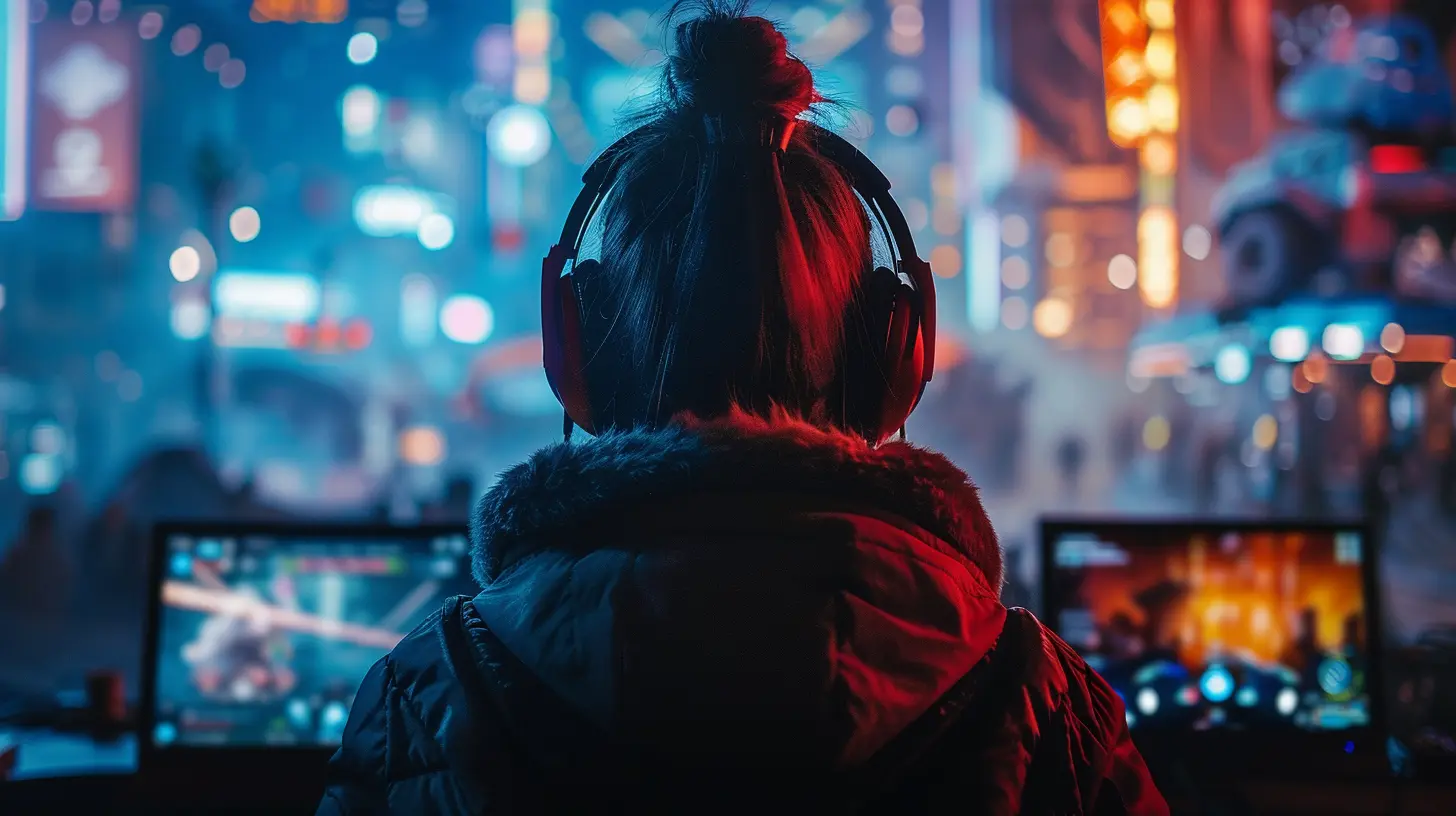
Community Creativity = Infinite Replayability
Think about some of the longest-lasting games out there. Games like Skyrim, Counter-Strike, and The Sims. What do they all have in common? Bingo—thriving modding communities.Skyrim: The Game That Won’t Quit
The Elder Scrolls V: Skyrim might’ve come out in 2011, but people are still playing it like it’s brand new. Why? Mods. Want to turn all the dragons into Thomas the Tank Engine? Done. Craving a survival mode where you have to manage your hunger and thirst? There’s a mod for that. Even if you’ve already sunk 300 hours into the vanilla game, mods make it feel like a completely different experience every time you boot it up.Counter-Strike: Born from a Mod
Here’s a plot twist for you: Counter-Strike originally started as a fan-made mod for Half-Life. Yep. A couple of guys decided to take Valve’s first-person shooter and spin it into a tactical, team-based game. Fast forward decades later, and Counter-Strike (specifically CS:GO) is still one of the most-played games in the world. That little mod turned into a behemoth, all because the developers allowed their community to tinker and create.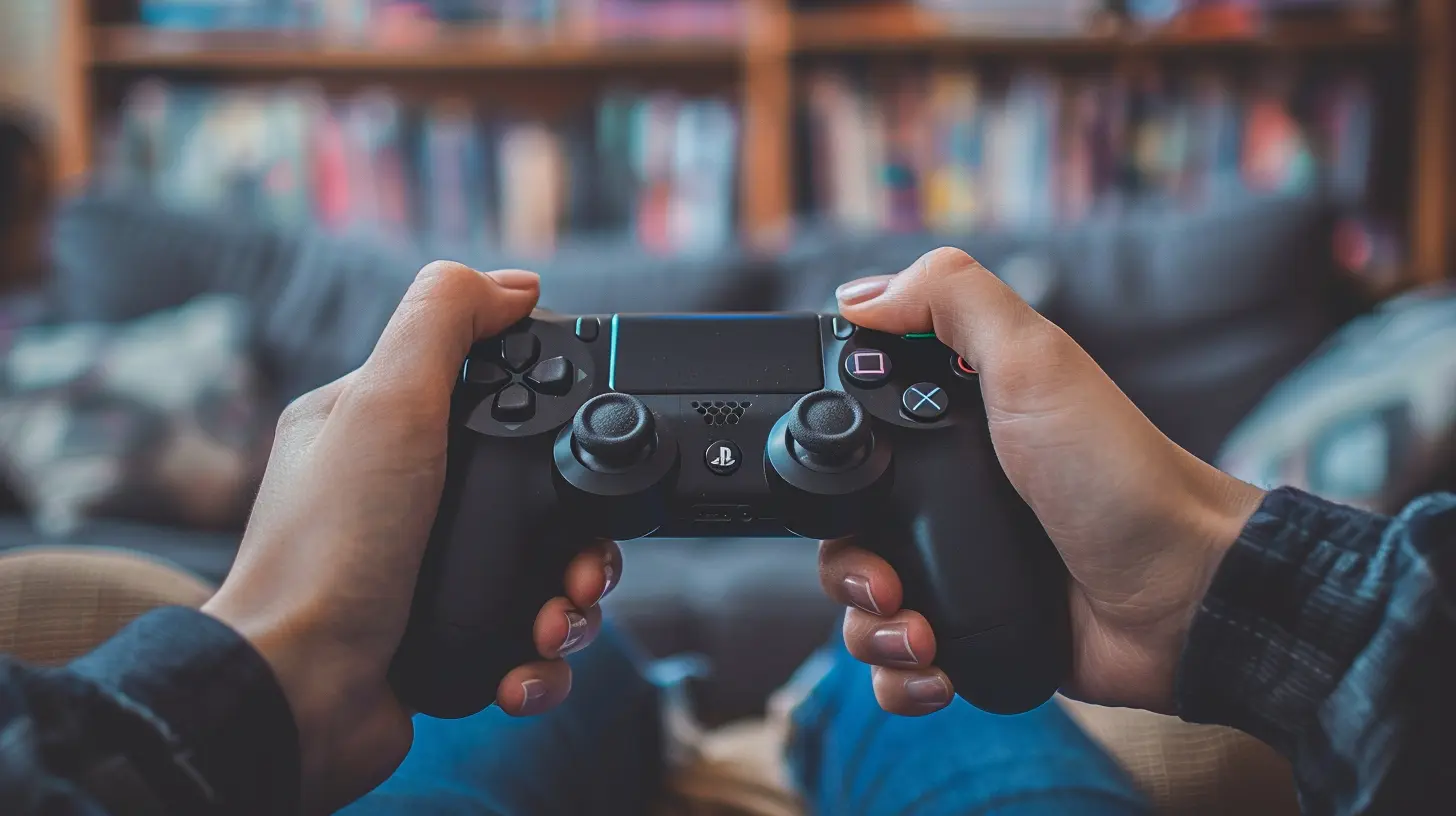
Developers Who Embrace Player Creativity Win Big
Not all developers are cool with the idea of players poking around in their games. But here’s the thing: the smart ones know that giving players the tools for creativity is a win-win. It takes some of the content-creation burden off their shoulders and turns their game into a platform rather than just a product.Garry’s Mod: The Sandbox Game of Dreams
If you’ve never played Garry’s Mod, let me paint a quick picture. It’s essentially a blank canvas where players can use assets from Valve’s Source engine to create… well, anything. From ragdoll physics playgrounds to entire role-playing servers, Garry’s Mod is a prime example of what happens when developers fully embrace player creativity. This game has been relevant for over 15 years because players keep finding new ways to make it fun.Roblox: The Billion-Dollar Creator Factory
And then there’s Roblox, a game that’s more of a platform for creating games. Roblox has turned regular players into indie developers, allowing them to monetize their creations. Some people have made entire careers on Roblox! This level of freedom empowers creators and encourages them to pour their time and talent into the platform, which in turn keeps players coming back.The Social Aspect: Building Communities Around Content
Here’s the underrated part of player-created content: the community it builds. Creating and sharing mods, maps, or skins isn’t just about enhancing the game—it’s about connecting with others who love the game as much as you do. There’s a sense of camaraderie when you download a mod someone spent months crafting or when your friends join your custom map for a friendly match.Among Us and the Role of Mods
Remember how "Among Us" exploded in popularity during the pandemic? While the base game was already entertaining, the modding community took it to another level. Mods added new roles, game modes, and even visual upgrades that kept people interested long after the initial hype died down. And you know what? All of those changes came from fans who just wanted to keep the fun going.A Game’s Legacy Lives Through Its Players
When players create and share content, it’s like they’re leaving their own mark on the game’s legacy. They’re contributing to its cultural footprint. A game with a strong creative community isn’t just a fleeting experience—it becomes a shared journey, a collective project built over years.The Challenges of Player-Created Content
Of course, it’s not all sunshine and rainbows. Letting players create content does come with its challenges. For one, not all content is high-quality—or appropriate. Developers have to strike a balance between giving players creative freedom and maintaining a standard for their game’s ecosystem. Nobody wants their hard work overshadowed by a poorly-made (or offensive) mod making headlines.Then there’s the question of monetization. Some developers struggle to navigate the ethics of profiting off player contributions. Should they take a cut when a creator monetizes their work? Should they ask for permission first? These aren’t easy questions, but they’re worth addressing as player-created content becomes more mainstream.
The Future of Player-Created Content in Gaming
Looking ahead, it’s clear that player-created content is going to play an even bigger role in gaming. More and more developers are building their games with modding tools, creation kits, and even profit-sharing platforms baked in. Think of this as giving players the keys to the sandbox and letting them dream big.As gaming becomes more social and community-driven, the games that embrace player creativity will stand the test of time. Why? Because they’re not just games—they’re platforms for endless possibilities.
Wrapping It Up
To put it simply, player-created content is the lifeline that keeps many games afloat long after their initial release. It’s a symbiotic relationship: players get to express their creativity and feel like they’re part of something bigger, while developers benefit from a game that remains relevant years down the line. From the sprawling mods of Skyrim to the bite-sized creations in Roblox, it’s clear that when players create, games thrive.So, the next time you’re slapping on a custom skin, trying out a new map, or diving into a modded server, remember—you’re not just playing a game. You’re contributing to a legacy. And that’s pretty darn cool.
all images in this post were generated using AI tools
Category:
Gaming CultureAuthor:

Tayla Warner
Discussion
rate this article
2 comments
Zeno McPhail
Great article! Player-created content truly breathes new life into games, enhancing community engagement and extending enjoyment. It's inspiring to see how creativity can shape gaming experiences for everyone!
October 22, 2025 at 4:57 PM

Tayla Warner
Thank you! I’m glad you enjoyed the article. Player-created content really does enrich the gaming landscape, fostering creativity and community connection.
Scarlett Hardy
Player-created content is a game-changer, significantly enhancing engagement and longevity. Empowering communities fosters creativity and keeps titles alive for years.
July 25, 2025 at 4:42 PM

Tayla Warner
Absolutely! Player-created content not only drives engagement but also builds vibrant communities that sustain a game's life well beyond its initial launch.
